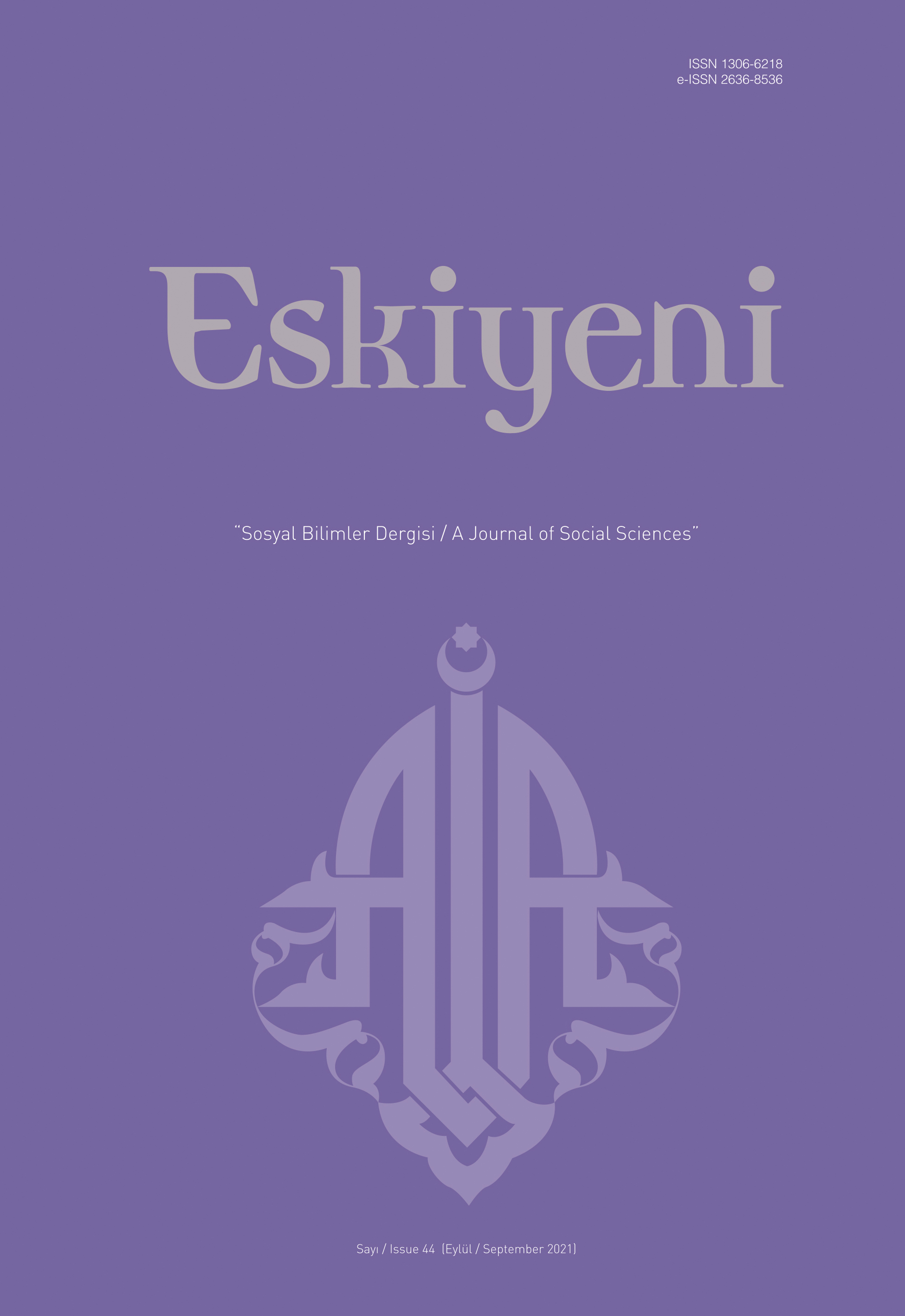İslâm Tarihi Kaynaklarında Hac (Hz. Peygamber ve Hulefâ-yi Râşidîn Dönemleri)
Hajj in Islamic History Sources (Periods of the Prophet Muhammad and the Rightly-Guided Caliphs)
Author(s): Mustafa Necati BarışSubject(s): History, Theology and Religion, Islam studies
Published by: Anadolu İlahiyat Akademisi
Keywords: Islamic History; Prayer; Ḥajj; Prophet Muhammad; Rightly-Guided Caliphs;
Summary/Abstract: In religion, prayers take second place after the principles of belief that constitute the essence, because praying is the aspect of religion reflected in practical life. When we look at the first years of the history of Islam, it is seen that every pray has its history, from being obligatory to its application. In this sense, ḥajj has a history dating back to Prophet Adam, according to some narrations in Islamic sources. However, the origins of almost all of the sacred places, especially the Kaaba, and the worship practices during the ḥajj, are based on Prophet Ibrahim and his son Prophet Ismail. However, it is a known fact that the ḥajj practices in question were subjected to many changes or distortions in the process from Prophet Ismail to Prophet Muhammad, and it was amended back to its correct form in the course of the Tawhid religion with the practices of Prophet Muhammad during the Ḥajj Al-Wadā. Again, in the context of the political and institutional dimension of the ḥajj, the practices in the period of the Rightly-Guided Caliphs are also quite remarkable. In this study, it will be tried to deal with the religious, political and institutional aspects of how the ḥajj was restored to its essence and made legitimatewith Islam in due course of the ḥajj of Prophet Muhammad and the Rightly-Guided Caliphs in the light of early Islamic history narratives. In this context, firstly, the ḥajj prayers that took place during the period of Prophet Muhammad, the first of which were directed by ʿAttāb b. Asīd, the second by Abū Bakr, and the last by Prophet Muhammad himself will be discussed. In line with the narrations regarding these hajj prayers, questions such as when it is obligatory for the worship in question, whether Prophet Muhammad or other Muslims performed ḥajj according to the polytheistic customs before the ḥajj was obligated, when the ḥajj institution/organization came into existence and who was the first Amīr al-ḥajj the answer, will be sought. Then, the different practices occured during the ḥajj prayers such as citizens’ claiming the rights, questioning the governors and who will be the Amīr al-ḥajj since the period of the Rightly-Guided Caliphs will be examined in detail, and as a conclusion, besides the change and transformation that the ḥajj went through during the periods of Prophet Muhammad and the Rightly-Guided Caliphs it will be made to shed light on the religious, political and institutional aspects of the ḥajj. In addition, since it would go beyond the limits of such a study, the subject of ḥajj prayer after Prophet Ibrahim and Prophet Ismail, or the ḥajj during the period of Jāhiliyya, will not be examined, only some changes during the conversion of the prayer to the religion of Islam or the belief of Tawhid will be assessed without going into details. Similarly, ʿumra travels that took place during the Prophet Muhammad or Rightly-Guided Caliphs will not be included, but will only be pointed out when it comes to their importance.
Journal: Eskiyeni
- Issue Year: 2021
- Issue No: 44
- Page Range: 549-568
- Page Count: 20
- Language: Turkish

